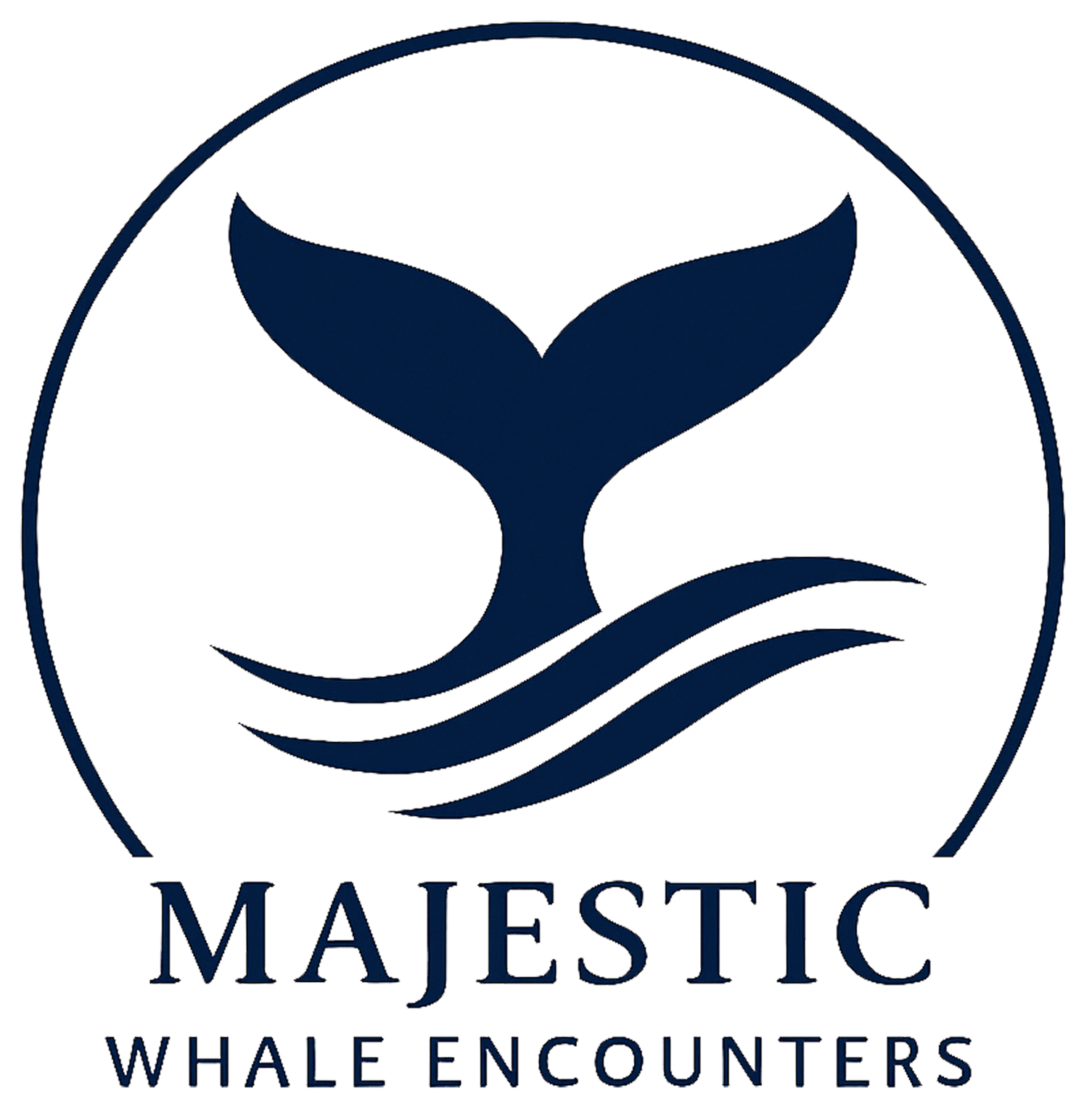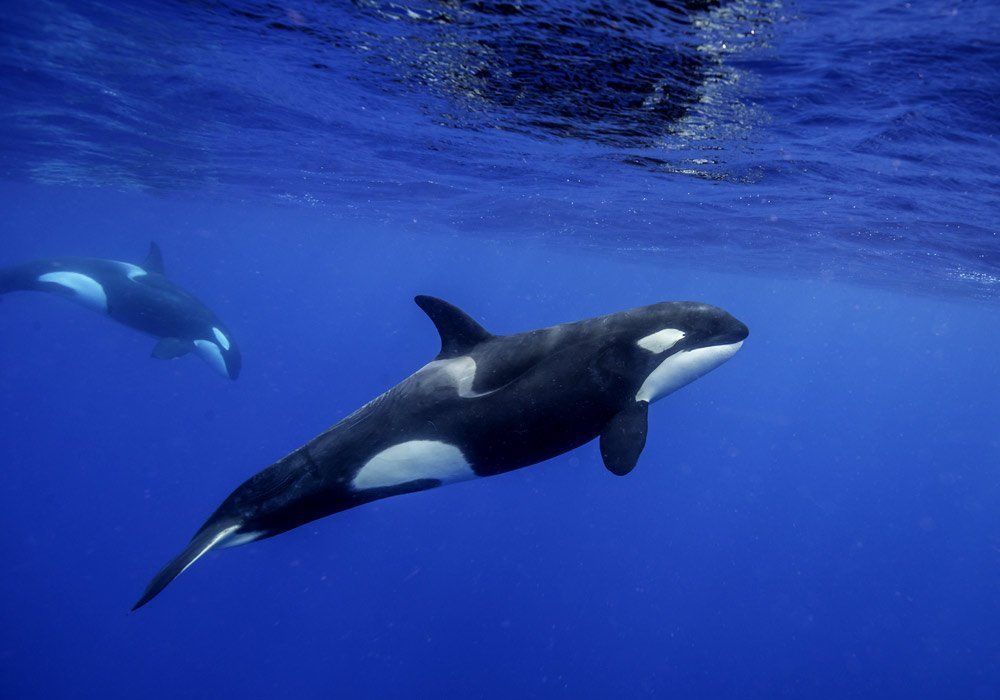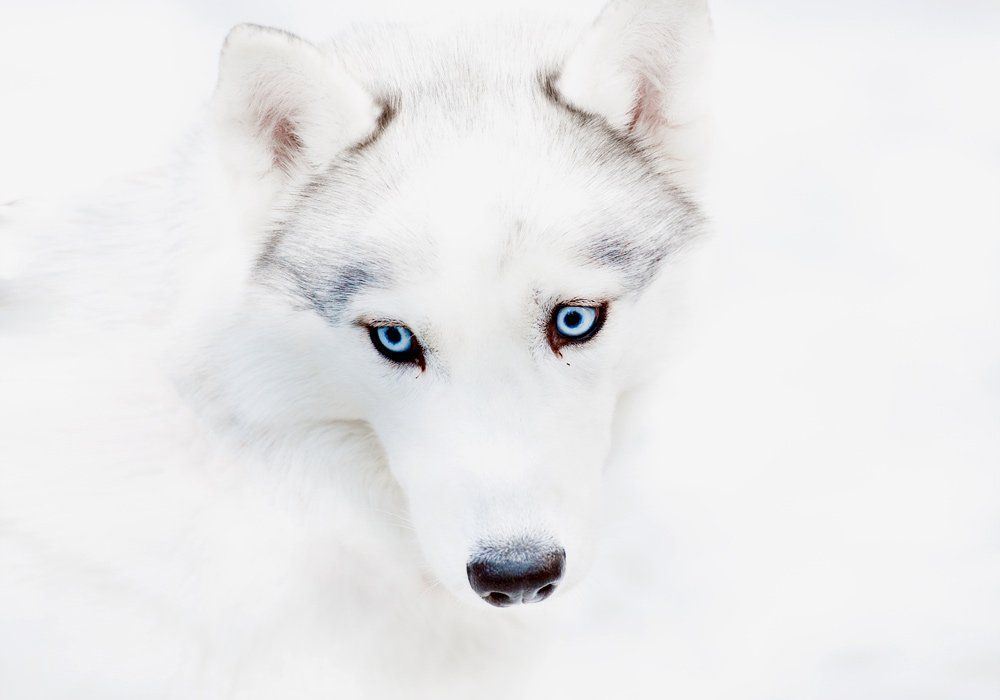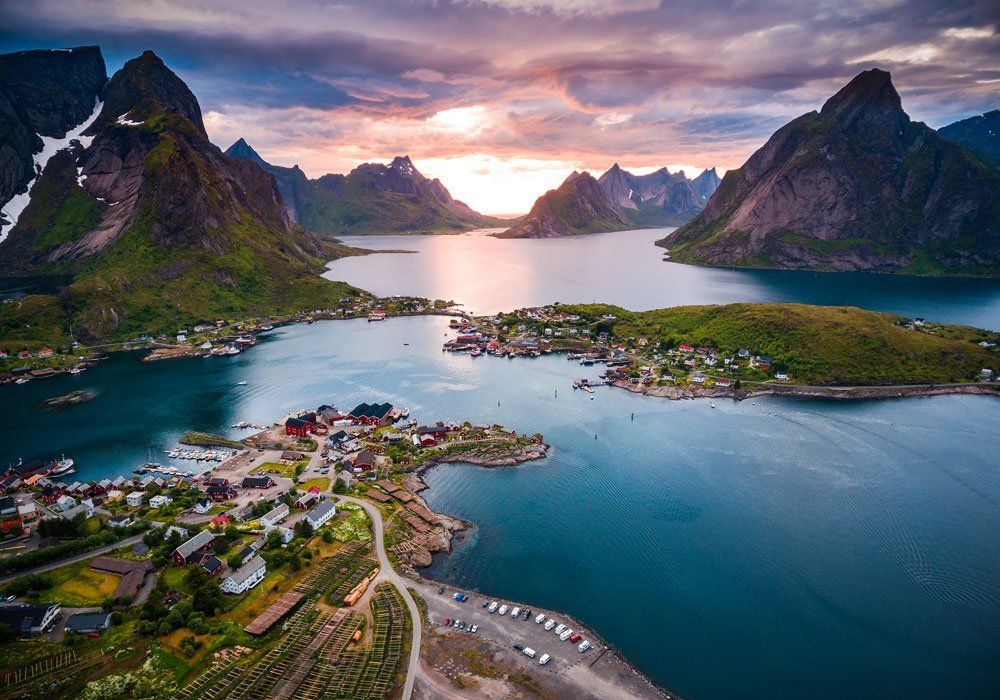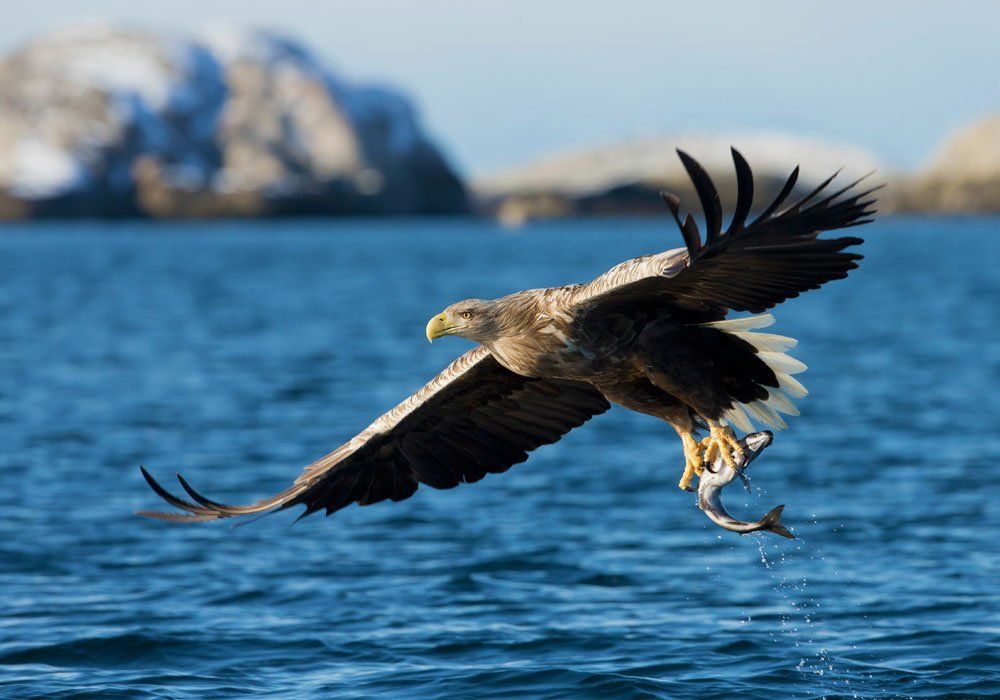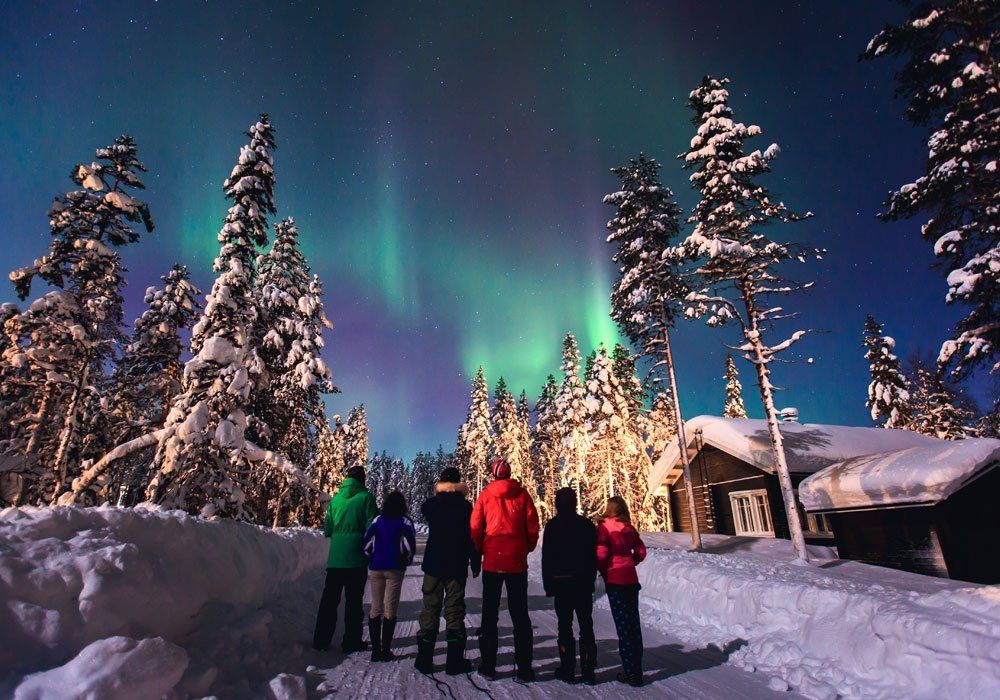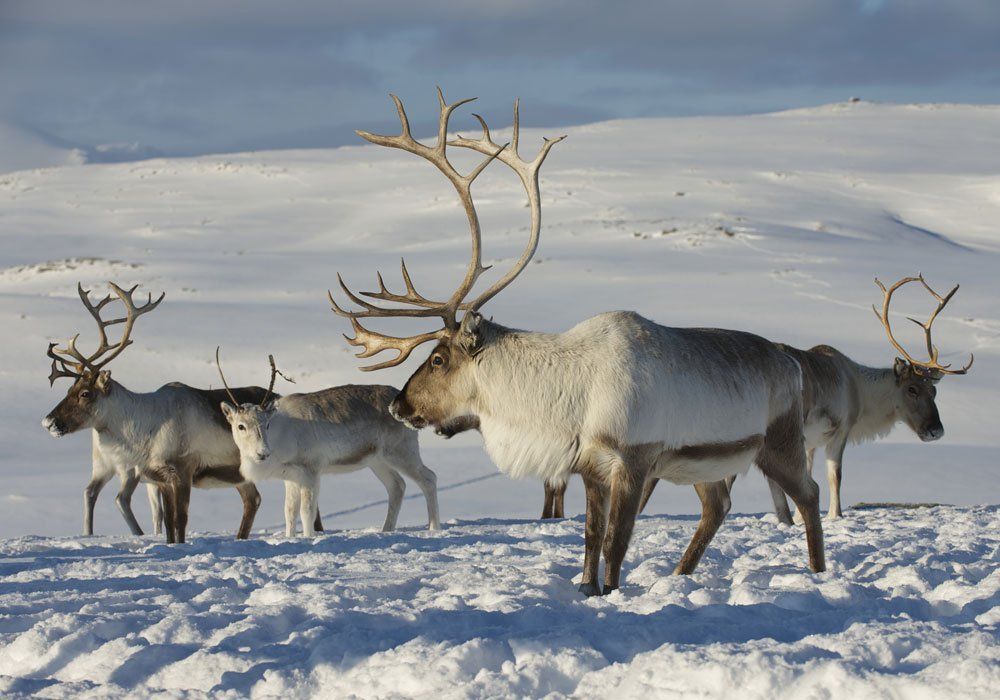NORWAY
DAZZLING NATURAL WONDERS
Norway is undoubtedly one of the most beautiful places on Earth. It's home to more natural wonders than we can count and it has stunning cities, fascinating history and really happy people. Norway is mostly known for its natural beauty, fjords and mountains, the amazing Northern Lights and the Midnight Sun.
The Kingdom of Norway is a constitutional monarchy located in Northern Europe, the western portion of the Scandinavian Peninsula. It is a very long and narrow country situated at the northern tip of Europe. It extends 1,770 km/1,100 miles from south to north, reaching into the Arctic Circle. The rugged coastline measures 19,950 km/12,400 miles.
Norway is ranked as “The happiest country” in the world, on the criteria of freedom, honesty, welfare, good health, and generosity. Join one of our amazing tours and experience first hand the wonder of Norway.
Official Languages: Norwegian, Bokmål, Nynorsk, Saami, North
Capital: Oslo
Government: Constitutional monarchy
Head of State: Erna Solberg - Prime Minister
Religion: Lutheranism, Christian
Currency: Norwegian krone
Time: Winter UTC+01:00 - Summer UTC+02:00
Internet-TLD: .no
Telephone:
+47
Mobile: GSM 900
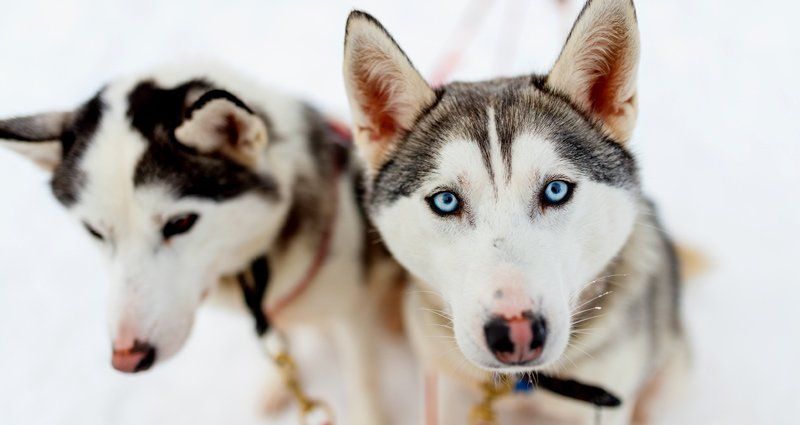
Dietary Requirements
Norwegian cuisine in its traditional form is based largely on the raw materials readily available in Norway and its mountains, wilderness, and coast. It differs in many respects from its continental counterparts with a stronger focus on game and fish. Many of the traditional dishes are results of using conserved materials, with respect to the long winters
Modern Norwegian cuisine, although still strongly influenced by its traditional background, now bears some globalisation: pastas, pizzas, tacos, and the like are as common as meatballs and cod as staple foods, and urban restaurants sport the same selection one would expect to find in any western European city.
Most Norwegians eat three or four regular meals a day, usually consisting of a cold breakfast with coffee, a cold (usually packed) lunch at work and a hot dinner at home with the family. Depending on the timing of family dinner (and personal habit), some may add a cold meal in the late evening, typically a simple sandwich.
If there is a dietary requirements you particularly need please email us as soon as possible so we can let the appropriate people know before the tour commences.
Brief History
Present-day Norway is a modern democracy with a very high standard of living. The majority of Norwegians are prosperous and the population has a relatively high education level. Both men and women participate in the labour force. Society is governed by a series of laws and regulations that guarantee that inhabitants receive education, health care and financial assistance based on need.
Rapid development in the areas of technology and computer science has taken place the past few decades. This has also had a significant impact on Norwegian society. It creates more jobs, different types of tasks, and changes the private lives of individuals as well.
Over the past few decades Norway has become a multicultural and ethnically diverse society.
Climate
Norway lies along the same latitude as Siberia, Greenland and Alaska, so it might be expected to be a land of continual cold weather.
However, due to warming influences of the northern Gulf Stream, the country actually enjoys a fairly mild climate, especially along the country's west coast. Snow that falls along the coast melts often immediately. During winter, Norway's inland regions are colder than the coast because mountains block the warm west winds from the sea.
Snow covers the ground at least three months a year. During the summer months, when the sea is cooler than the land, the situation is different; then the west winds cool the coast more than the inland so the warmest summers are in the inland valleys of the southeast.
Average temperatures vary between -10°C in January in Spitzbergen and +16°C in July in Oslo.
Visa
Norway is part of the Schengen area, along with a number of other European countries. This allows you to enter Norway without a visa in some circumstances. In other circumstances you'll need a visa. More information: Schengen Convention.
The Norwegian territory of Svalbard is not part of the Schengen area. If you are planning to travel to Svalbard, you will need a valid passport to enter and you will need to meet Schengen area entry requirements when returning to Norway's mainland.
Visa and other entry and exit conditions (such as currency, customs and quarantine regulations) can change at short notice. Contact the nearest Embassy or Consulate of Norway for up-to-date information.
Make sure that you have at least 6 months left on your passport or you may be denied entry.
NORWAY
